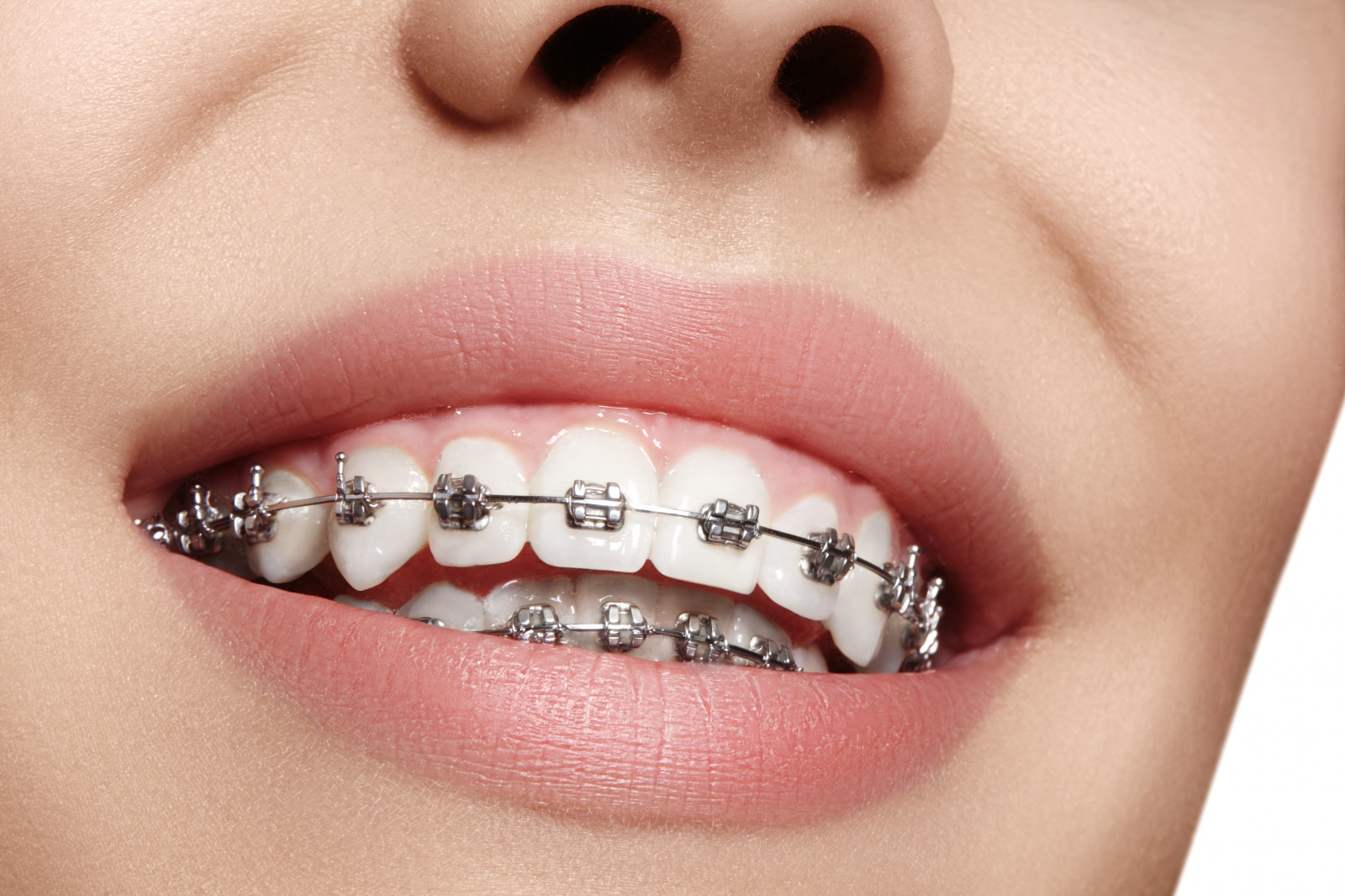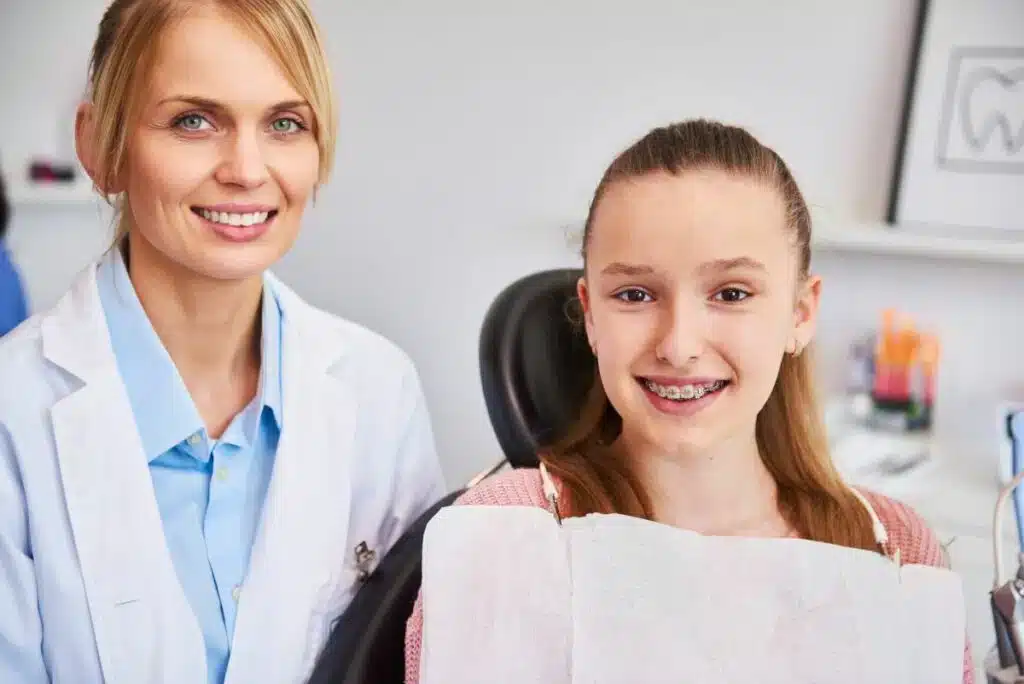Excitement About Causey Orthodontics
Wiki Article
The Main Principles Of Causey Orthodontics
Table of ContentsNot known Facts About Causey OrthodonticsThe Only Guide for Causey OrthodonticsOur Causey Orthodontics IdeasThe Basic Principles Of Causey Orthodontics The Facts About Causey Orthodontics Uncovered
Disregarding occlusal connections, it was typical to get rid of teeth for a selection of dental issues, such as malalignment or congestion. The principle of an intact teeth was not commonly appreciated in those days, making bite connections seem pointless. In the late 1800s, the principle of occlusion was crucial for producing dependable prosthetic substitute teeth.As these concepts of prosthetic occlusion progressed, it came to be an invaluable tool for dentistry. It remained in 1890 that the job and effect of Dr. Edwards H. Angle started to be felt, with his contribution to contemporary orthodontics especially notable. Concentrated on prosthodontics, he showed in Pennsylvania and Minnesota before guiding his focus in the direction of oral occlusion and the therapies needed to keep it as a normal condition, therefore becoming known as the "dad of modern-day orthodontics".

The principle of excellent occlusion, as proposed by Angle and integrated into a category system, enabled a shift towards dealing with malocclusion, which is any inconsistency from typical occlusion. Having a complete set of teeth on both arcs was highly demanded in orthodontic treatment as a result of the need for exact partnerships in between them.
Some Of Causey Orthodontics
As occlusion came to be the key top priority, face proportions and aesthetics were disregarded - affordable orthodontist near me. To achieve ideal occlusals without utilizing outside forces, Angle proposed that having excellent occlusion was the most effective method to get maximum facial aesthetic appeals. With the death of time, it became rather apparent that even an exceptional occlusion was not appropriate when thought about from an aesthetic perspectiveIt became evident that orthodontic treatment might adjust mandibular advancement, resulting in the formation of functional jaw orthopedics in Europe and extraoral pressure measures in the US. Nowadays, both useful appliances and extraoral tools are applied around the world with the aim of amending development patterns and forms. Going after true, or at the very least enhanced, jaw relationships had actually ended up being the main purpose of therapy by the mid-20th century.
The Greatest Guide To Causey Orthodontics
 The American Journal of Orthodontics was produced for this objective in 1915; prior to it, there were no scientific purposes to follow, neither any accurate classification system and brackets that did not have features. Up until the mid-1970s, braces were made by covering metal around each tooth. With innovations in adhesives, it came to be possible to rather bond metal braces to the teeth.
The American Journal of Orthodontics was produced for this objective in 1915; prior to it, there were no scientific purposes to follow, neither any accurate classification system and brackets that did not have features. Up until the mid-1970s, braces were made by covering metal around each tooth. With innovations in adhesives, it came to be possible to rather bond metal braces to the teeth.Andrews provided an informative definition of the optimal occlusion in long-term teeth. This has had meaningful impacts on orthodontic therapies that are provided consistently, and these are: 1. Proper interarchal relationships 2. Appropriate crown angulation (suggestion) 3. Appropriate crown inclination (torque) 4. No turnings 5. Tight contact factors 6. Flat Curve of Spee (0.02.5 mm), and based on these principles, he uncovered a therapy system called the straight-wire appliance system, or the pre-adjusted edgewise system.
The advantage of the style depends on its brace and archwire mix, which needs only minimal cable bending from the orthodontist or medical professional (orthodontist services). It's aptly called after this function: the angle of the port and density of the brace base inevitably figure out where each tooth is situated with little demand for added manipulation
Not known Incorrect Statements About Causey Orthodontics
Both of these systems utilized identical braces for each and every tooth and required the bending of an archwire in three aircrafts for locating teeth in their wanted placements, with these bends dictating best positionings. When it comes to orthodontic devices, they are separated right into two kinds: removable and repaired. Removable devices can be tackled and off by the individual as called for.
Hence, practically all contemporary set appliances can be considered variations on this edgewise home appliance system. Early 20th-century orthodontist Edward Angle made a significant contribution to the globe of dental care. He created four distinct home appliance systems that have actually been utilized as the basis for many orthodontic treatments today, disallowing a few exemptions.
Some Known Questions About Causey Orthodontics.

The cable finished in a string, and to move it forward, a flexible nut was utilized, which enabled an increase in area. By ligation, each individual tooth was connected to this large archwire (best orthodontist near me). As a result of its minimal array of movement, Angle was unable to achieve precise tooth positioning with an E-arch
These tubes held a soldered pin, which could be repositioned at each consultation in order to relocate them in area. Called the "bone-growing appliance", this contraption was theorized to urge healthier bone development because of its possibility for transferring pressure straight to the roots. However, executing it showed problematic actually.
Report this wiki page